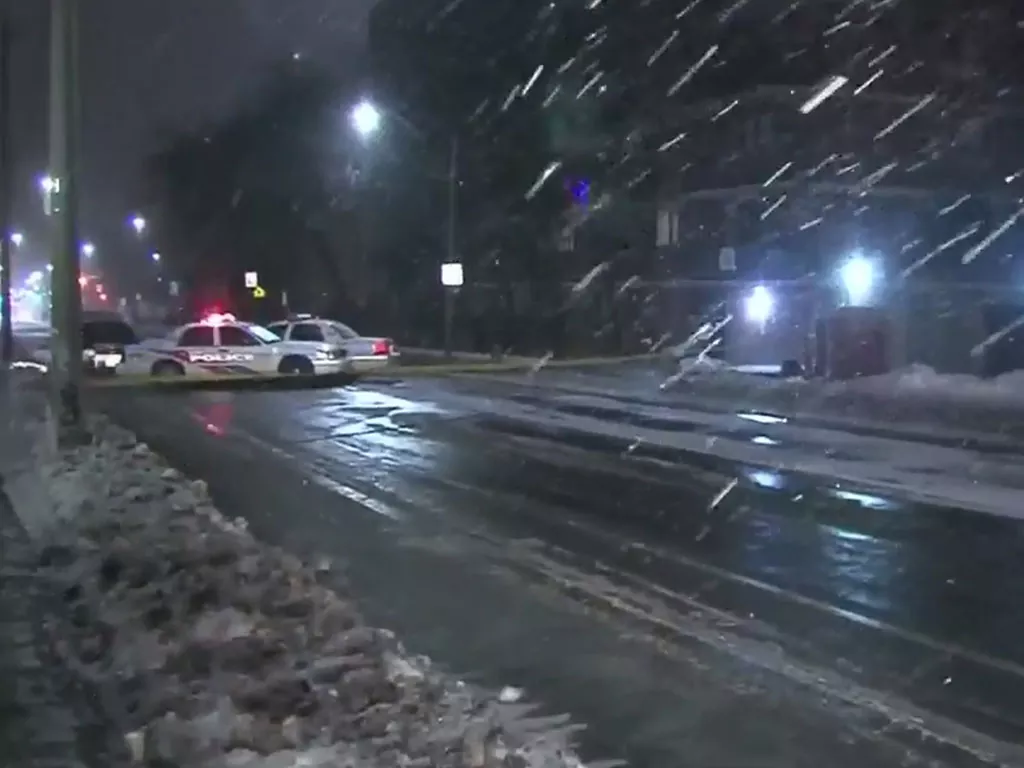
Introduction
As autumn’s vibrant hues grace our surroundings, we prepare for the annual Daylight Saving Time (DST) ritual, which includes setting our clocks back by one hour. While this additional hour of sleep might be a welcomed respite, it carries unexpected consequences, especially when it comes to accidents involving pedestrians, cyclists, motor vehicles, and the potential for serious injuries, including brain injuries. In this blog, we’ll delve into the surprising impact of DST’s fall back transition on these specific accident scenarios, the contributing factors, and strategies to stay safe during this seasonal change.
The Fall Back Effect on Accidents
Shift in Lighting and Pedestrian Safety: With the end of DST, darkness arrives earlier in the evening, affecting visibility for both drivers and pedestrians. This abrupt change in lighting conditions can significantly increase the risk of accidents involving pedestrians, particularly during the evening hours when many people are out and about.
Cyclist Vulnerability: Cyclists, too, face heightened vulnerability as the evenings grow darker sooner. Reduced visibility can make cyclists less noticeable to drivers, increasing the likelihood of accidents between motor vehicles and bicycles.
Drowsy Driving and Motor Vehicle Accidents: Despite gaining an extra hour of sleep, the adjustment in our internal body clocks can lead to daytime drowsiness. Drowsy driving becomes a significant concern during this transition and can contribute to an uptick in motor vehicle accidents, some of which result in serious injuries, including traumatic brain injuries (TBI).
Staying Safe During the Fall Back Transition
Pedestrian Visibility: For pedestrians, taking steps to enhance visibility is paramount. Wear reflective clothing, use lights or reflectors, and strictly adhere to pedestrian safety guidelines, especially when crossing streets during reduced visibility.
Cyclist Safety Measures: Cyclists should prioritize visibility as well. Equip bicycles with front and rear lights, reflective gear, and use bike lanes where available. Exercise extra caution at intersections and in areas with heavy traffic.
Motor Vehicle Awareness: Drivers must be acutely aware of the changing light conditions during the fall back transition. Allow additional time for your morning and evening commutes, and be particularly cautious when visibility is compromised.
Avoid Drowsy Driving: If you experience daytime drowsiness, prioritize safety by taking short breaks, naps, or sharing the driving responsibilities with a well-rested companion. Drowsy driving is a significant risk factor for motor vehicle accidents and serious injuries.
Update Safety Measures: Use the DST transition as an opportunity to review and update safety measures within your home. This includes testing and replacing batteries in smoke detectors and carbon monoxide detectors to safeguard against potential hazards.
Community Advocacy: Advocate for safety measures in your community, such as well-lit streets, designated crosswalks, and initiatives aimed at improving pedestrian and cyclist safety.
Conclusion
While the end of Daylight Saving Time may offer an extra hour of sleep, it’s crucial to recognize the profound impact it can have on accidents involving pedestrians, cyclists, and motor vehicles. With the sudden shift in lighting conditions, the vulnerability of these road users, and the risk of drowsy driving leading to motor vehicle accidents and serious injuries, vigilance during this seasonal transition is imperative. By adopting safety measures, prioritizing visibility, and staying alert on the road, we can help mitigate the risks and create safer conditions for all during this autumnal shift. Stay safe and cherish the beauty of fall, one cautious step at a time.

